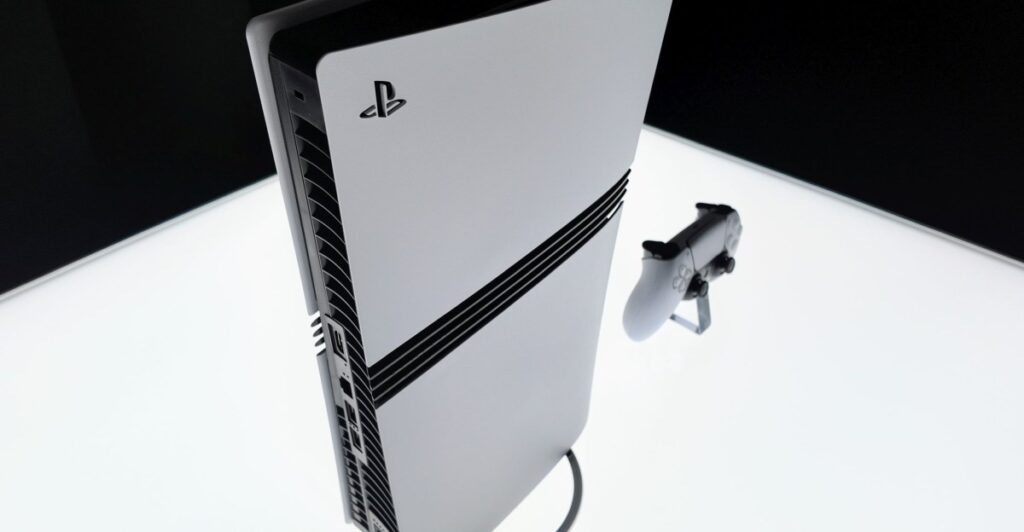Sony announced a $50 price increase on all PlayStation 5 “slim” models in the US starting tomorrow, August 21st. The upcoming prices for a PS5 Digital Edition, the standard PS5, and the PS5 Pro are $499.99, $549.99, and $749.99, respectively; however, you can avoid paying the higher prices by picking up a PS5 at Amazon, Best Buy, Target, and Walmart today.
The disc-based PS5 is already sold out at Amazon, and your options may get even more limited the longer you wait. As of right now, you can get the PS5 Digital Edition for around $449 at Amazon, Best Buy, Walmart, and Target, while the standard PS5 can be had for around $499 at Best Buy, Walmart, and Target. You can also pick up the newer PS5 Pro for around $699 at Amazon, Best Buy, Walmart, and Target.
All three PS5 consoles can play the same library of games, but have slight differences. The PS5 Digital Edition features rearranged port selection and lacks a built-in disc drive, which means it can only play digital games downloaded from the PlayStation Store. (Sony sells an optional external drive you can add after the fact for $79.99 if you’d like to play physical games or Blu-rays.) The standard, disc-based PS5 features the same tech specs, but with an internal disc drive.
The PS5 Pro, meanwhile, has a better GPU, faster memory, improved ray tracing, support for Wi-Fi 7, and AI-powered upscaling. It lacks an internal disc drive, but it’s compatible with the external disc drive developed for the original PS5. It also comes with 2TB of internal storage instead of the 1TB SSD found in the non-Pro models, so you have additional space for stowing digital games. The beefed-up system doesn’t have exclusive titles, but select PS5 titles have received updates to look better.
Sony’s price hike comes less than a month after Nintendo introduced a similar $30 increase on the original Nintendo Switch models. Nintendo also recently raised the prices of certain Nintendo Switch 2 accessories, but Sony says “the recommended retail prices for PS5 accessories remain unchanged.” The price adjustments from both companies are attributable to tariffs on international goods, which were first announced in April and have continued to change in response to President Donald Trump’s on-again-of-again policy.

